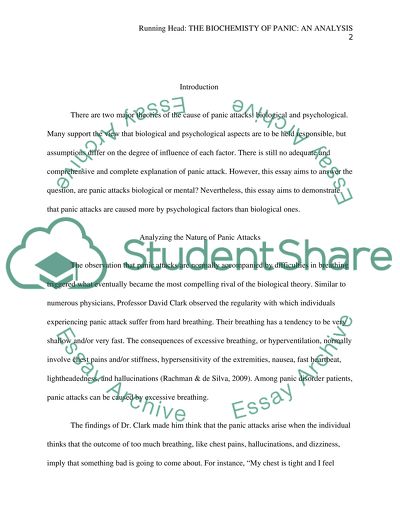Cite this document
(“The Biochemistry of Panic Essay Example | Topics and Well Written Essays - 1750 words”, n.d.)
Retrieved from https://studentshare.org/psychology/1495431-the-biochemistry-of-panic
Retrieved from https://studentshare.org/psychology/1495431-the-biochemistry-of-panic
(The Biochemistry of Panic Essay Example | Topics and Well Written Essays - 1750 Words)
https://studentshare.org/psychology/1495431-the-biochemistry-of-panic.
https://studentshare.org/psychology/1495431-the-biochemistry-of-panic.
“The Biochemistry of Panic Essay Example | Topics and Well Written Essays - 1750 Words”, n.d. https://studentshare.org/psychology/1495431-the-biochemistry-of-panic.


